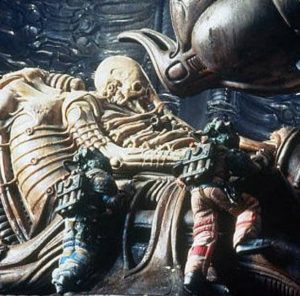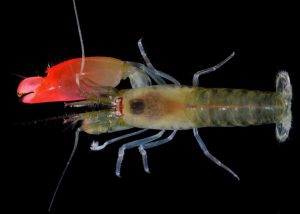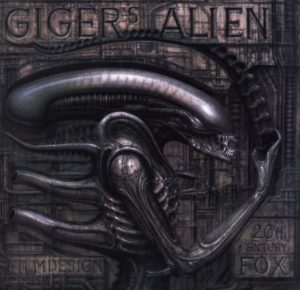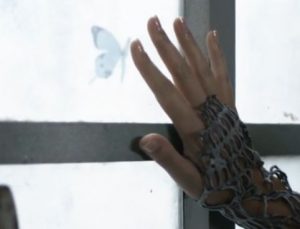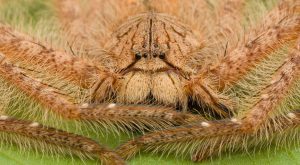
My Voyant visualization had very surprising results. Though I focused tremendously on insects and invertebrates throughout my project, having large Wikipedia pages such as on David Bowie, Jurassic Park, and CRISPR skewed my cirrus. I tried everything I could to reduce the bias (such as getting rid of “David”, “Park”) but seems that my focus on insects didn’t quite shine through. That being said, “spider” did make it on there! Also, the extensive discussion on H.R. Giger and his facehuggers managed to show through. Of course, “aliens” was a huge part of this, and I think it goes hand-in-hand with the fusion I was talking about between invertebrates, aliens, and SF.





